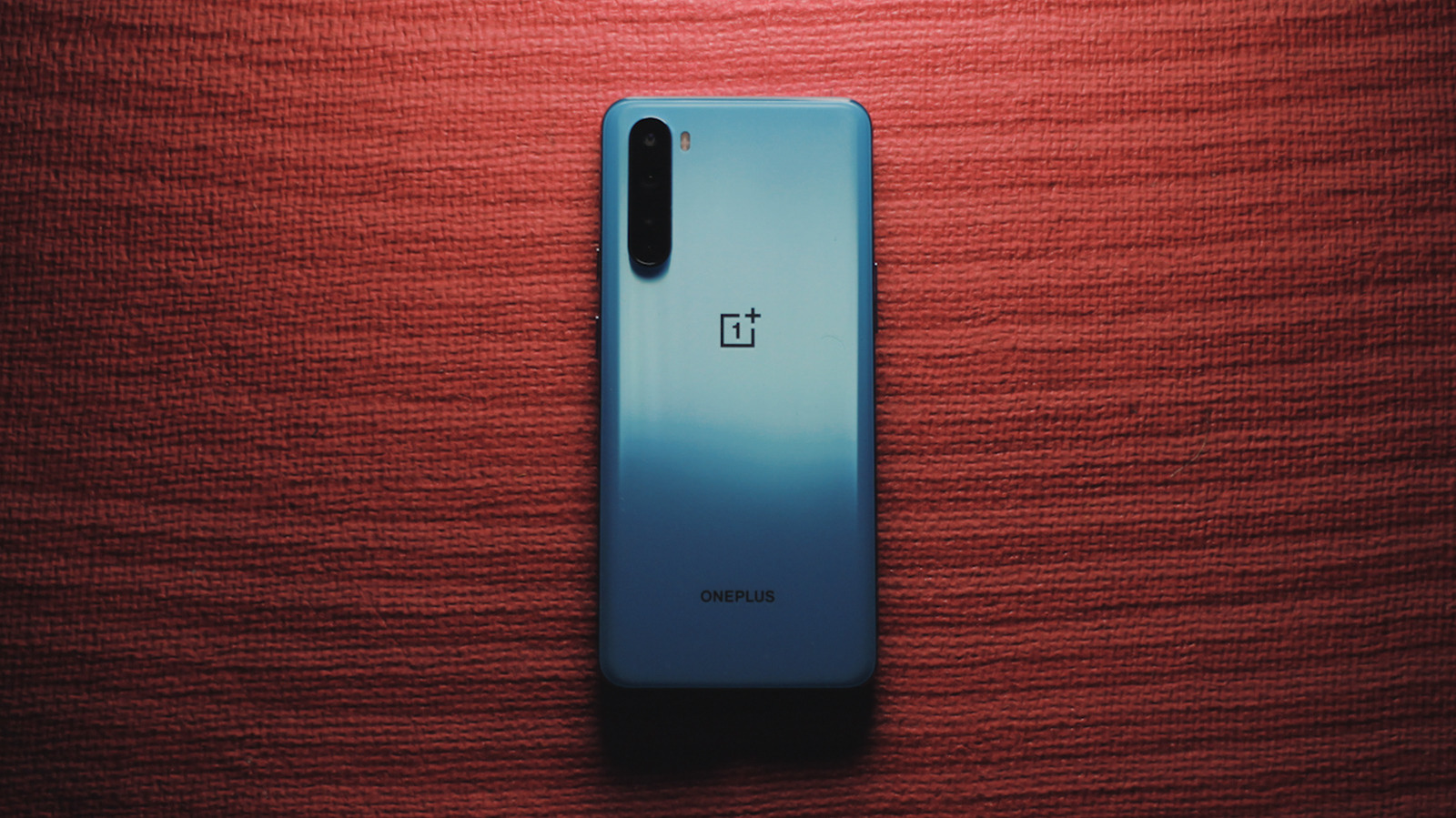Rapid Read • 8 min read
T-Mobile has introduced its T-Satellite service, leveraging the Starlink satellite network to provide text messaging capabilities in areas lacking cellular coverage. This service, priced at $10 per month or included in T-Mobile's Experience Beyond plan, aims to serve as a communication lifeline for individuals in remote locations. The service is particularly beneficial in the estimated 500,000 square miles in the U.S. without cell coverage. Unlike other satellite services, T-Satellite offers a seamless texting experience similar to cellular texting, without requiring specific phone models. The service is available to users of other carriers through a secondary eSIM slot, enhancing accessibility.
AD
The launch of T-Satellite is significant as it addresses the communication challenges faced by individuals in remote areas, including travelers and residents in regions with limited infrastructure. By providing reliable satellite texting, T-Mobile enhances safety and connectivity, especially during emergencies such as natural disasters. This development could influence the telecommunications industry by setting a precedent for integrating satellite technology into mainstream communication services. It also highlights the growing importance of satellite connectivity in expanding network coverage and improving communication reliability.
T-Mobile plans to expand the capabilities of T-Satellite, including support for sending multimedia messages over satellite on Android devices, with iOS support expected later. The company also intends to enable apps to send and receive data via satellite, with AllTrails cited as a potential compatible app. As satellite technology continues to evolve, T-Mobile's initiative may prompt other carriers to explore similar solutions, potentially leading to broader adoption of satellite-based communication services.
The introduction of satellite texting services raises questions about the future of communication technology, particularly in terms of accessibility and reliability. As satellite networks expand, they may offer solutions to longstanding connectivity issues in rural and underserved areas. This shift could also impact emergency response strategies, providing more robust communication options during crises. Additionally, the integration of satellite services into everyday communication tools may drive innovation in mobile technology, encouraging manufacturers to develop devices optimized for satellite connectivity.
AD
More Stories You Might Enjoy













